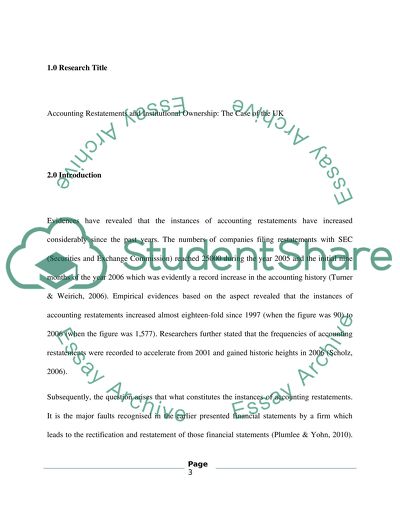Cite this document
(“Accounting Restatements and Institutional Ownership: The Case of U.K Dissertation - 1”, n.d.)
Retrieved from https://studentshare.org/other/1424692-accounting-restatements-and-institutional
Retrieved from https://studentshare.org/other/1424692-accounting-restatements-and-institutional
(Accounting Restatements and Institutional Ownership: The Case of U.K Dissertation - 1)
https://studentshare.org/other/1424692-accounting-restatements-and-institutional.
https://studentshare.org/other/1424692-accounting-restatements-and-institutional.
“Accounting Restatements and Institutional Ownership: The Case of U.K Dissertation - 1”, n.d. https://studentshare.org/other/1424692-accounting-restatements-and-institutional.


